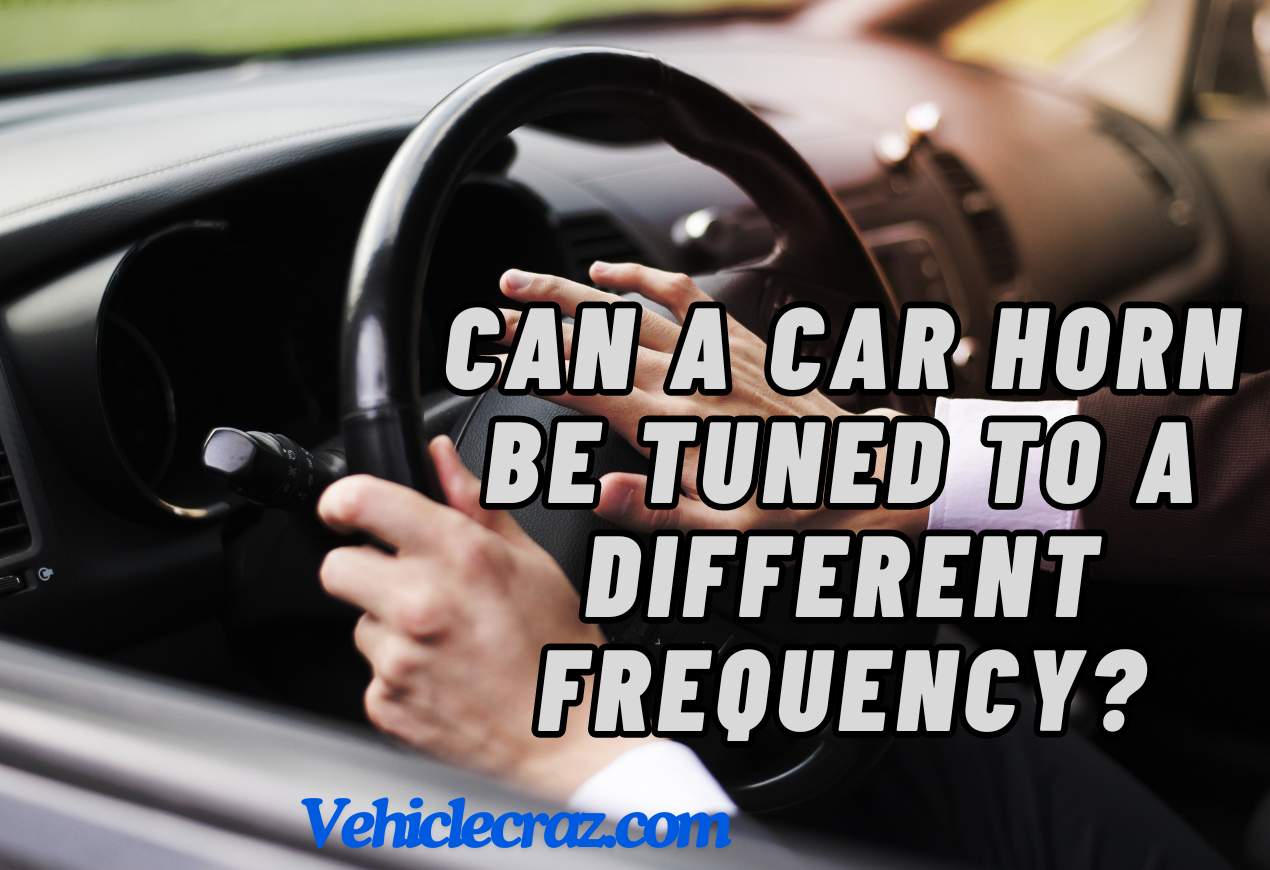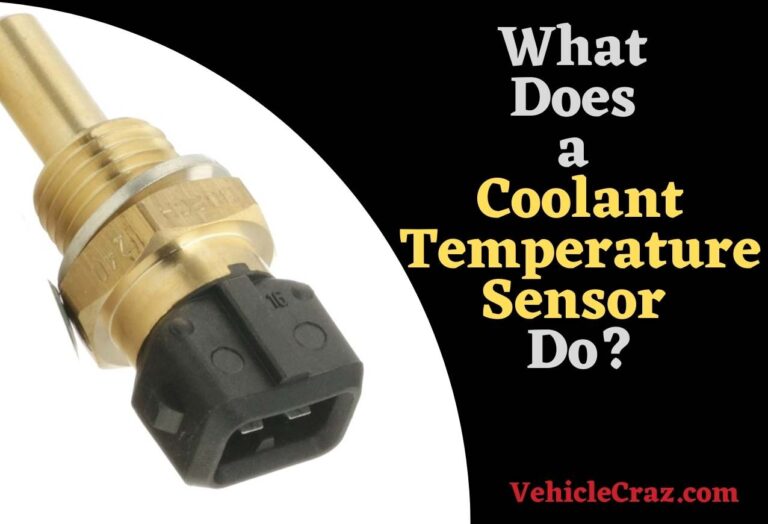Can a Car Horn Be Tuned to a Different Frequency?
A car horn is an essential safety feature designed to alert other drivers and pedestrians. But did you know that the frequency of your car horn plays a key role in how it sounds? Some car enthusiasts might wonder, “Can a car horn be tuned to a different frequency?” Whether you’re looking to give your vehicle a more distinct sound or simply curious about how horns work, understanding the possibilities of tuning a horn can be fascinating. Let’s talk this topic today.
How a Car Horn Works?
A typical car horn is an electromechanical device that uses electricity to vibrate a diaphragm, producing sound. The frequency at which the diaphragm vibrates determines the pitch of the sound.
Car horns are usually designed to emit a high-pitched, attention-grabbing sound, often in the range of 300 to 500 Hz, though some horns can produce dual-tone sounds (two different frequencies) for more audibility.
Can a Car Horn Be Tuned to a Different Frequency?
Yes, it is possible to adjust the frequency, but the ability to “tune” a horn is limited by its design. Many car horns are factory-set to emit a specific frequency, and altering this may require modifying internal components. The frequency is determined by the size and tension of the diaphragm, the housing’s acoustics, and the electrical current supplied.
Related: How to Make Your Car Horn Louder?
How to Change Car Horn Frequency?
Here are different methods to change the frequency of a car horn.
Adjusting the Diaphragm
The diaphragm inside the horn is responsible for vibrating and producing sound. By adjusting the tension or size of the diaphragm, you may be able to alter the horn’s frequency. However, this is not straightforward, as most diaphragms are built to specific tolerances and changing them may impact the horn’s performance or even damage it.
Modifying the Electrical Circuit
The frequency of the horn can sometimes be changed by adjusting the voltage or current supplied to the horn. Lowering the voltage can reduce the frequency, resulting in a deeper sound. However, too much adjustment can lead to a weak honk or cause the horn to fail entirely.
Installing Aftermarket Horns
A more practical solution is to replace your existing horn with an aftermarket horn designed for a different frequency. Air horns or custom electric horns are available in a wide range of frequencies and sound outputs. Some are even customizable, allowing you to select a specific tone.
Using Dual-Tone Horns
Some vehicles come equipped with dual-tone horns that produce two different frequencies simultaneously. While these can’t be individually tuned in most cases, replacing one of the tones with a different horn could give you a customized sound.
Factors to Consider
Here are some important factors to consider when performing this.
Factory Design Constraints
Many car horns are sealed and difficult to modify without damaging them. Their design is often optimized for reliability and loudness rather than tunability. This means that while small adjustments are possible, drastically changing the frequency might require replacing the horn entirely.
Impact on Performance
Altering the frequency of the horn could affect its loudness and performance. Car horns are designed to be heard in a wide range of conditions, and tuning it to a different frequency could make it less effective in getting attention or even violate local laws if the decibel level exceeds legal limits.
Legal Restrictions
In many regions, car horns are subject to legal regulations. They must be loud enough to be heard but not so loud that they become a nuisance or safety hazard. Changing the horn’s frequency may cause it to exceed these limits, resulting in fines or failed vehicle inspections.
Durability and Safety Concerns
Changing the frequency by modifying internal components can lead to mechanical stress on the horn, reducing its lifespan or causing it to fail at critical moments. It’s essential to ensure that any changes made to the horn maintain its reliability and safety.
Practical Alternatives
If you’re looking for a different sound for your car horn, replacing the horn with an aftermarket model designed for a specific frequency is usually the best option. These horns are built to be louder or deeper without compromising performance, and they come in a variety of styles, from air horns to musical horns.
FAQs
Can I change the sound of my car horn without replacing it?
Yes, but it can be difficult. You can modify the horn’s internal components, like the diaphragm or electrical current, to alter the frequency. However, this is complex and may damage the horn. Installing an aftermarket horn is usually a more practical option.
Is it legal to change the frequency of my car horn?
Laws vary by location, but most regions have legal limits on car horn volume and frequency. Changing the frequency could cause the horn to exceed these limits, so it’s essential to check local regulations before making any modifications.
Will modifying my car horn’s frequency affect its loudness?
Yes, altering the frequency can impact how loud the horn sounds. Lowering the frequency might make the horn sound weaker or less effective in certain environments, potentially compromising safety.
Conclusion
While it is possible to tune a car horn to a different frequency by modifying its components or the electrical supply, this is not a simple task and can lead to issues with performance, durability, or legal compliance.
A more practical and reliable solution is to install an aftermarket horn designed for the frequency and tone you desire. Always ensure any changes comply with local regulations and do not compromise the safety or functionality of your vehicle’s horn system.


I’m Alex, a seasoned mechanical teacher with over 20 years of hands-on experience in Australia. My passion for all things automotive has driven me to establish this blog, aiming to share my wealth of knowledge and expertise with fellow enthusiasts, DIYers, and anyone keen on understanding the mechanics behind the machines we rely on daily.







